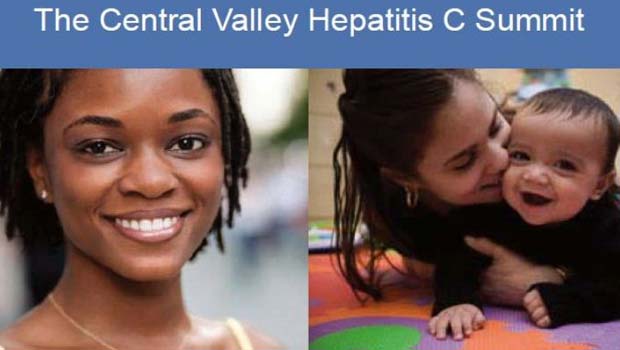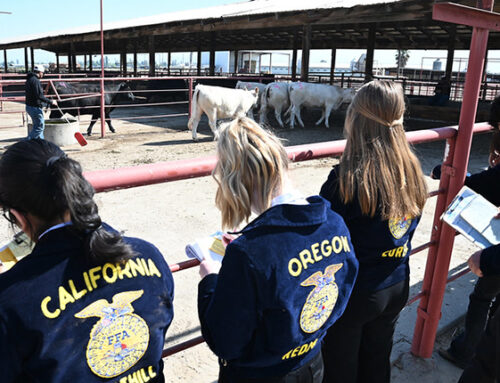National health leaders will converge at 8 a.m. Wednesday, Oct. 3, at Fresno State’s Satellite Student Union for the Central Valley Hepatitis C Summit, whose theme is “Hepatitis C Epidemic: Breaking the Silence – Education, Economics, Access and Opportunities.”
About 150-200 participants are expected for a presentation of in-depth educational and interactive sessions that will lead to formation of a regional hepatitis C leadership committee to draft am action plan.
Participants represent the correctional/judicial systems; health, behavioral health,and social services providers; hospitals and health care associations; elected officials; federal and state agencies; and major employers and industries.
Among the keynote speakers will be Donna Cryer, chief executive officer of the American Liver Foundation; U.S. Health and Human Services Region IX health administrator Herb Schultz; and Rear Adm. Nadine Simons, assistant surgeon general.
Fresno State President John D. Welty and Dr. Andrew Hoff, dean of the university’s College of Health and Human Services, will welcome the summit attendees.
The summit is the first phase of the ongoing Central Valley Hepatitis C Project, aimed at meeting the needs of the estimated 60,000 people in Fresno, Kern, Kings, Merced, Madera, San Joaquin, Stanislaus and Tulare counties who have hepatitis C.
Co-sponsors of the project are Fresno State’s College of Health and Human Services, Central Valley Health Policy Institute and Social Welfare Evaluation, Research and Training Center. Community partners are the American Liver Foundation, Wings for Life and Centerforce.
A $60,000 unrestricted educational grant from Giliead Sciences Inc., a biopharmaceutical company specializing in therapeutic areas of hepatitis and other life-threatening diseases, was awarded for the summit and the regional planning effort.
Sessions will identify and address needs of the underserved hepatitis C virus (HCV) population, which has drawn state and national interest.
A special focus of the conference and planning effort will be Hispanic, African American, Native American and Southeast Asian women 18-30 years old, one of the most vulnerable and unseen communities.
The group’s proposal states that the region needs the project because of extreme poverty, high unemployment and a shortage of physicians and other healthcare resources. The area also offers a unique context in which to focus on a rapidly growing population of youth, women of color and incarcerated and recently released persons with HCV, adds the proposal.
“Disproportionate shares of the state’s ex-offenders are released to the Valley,” the proposal says. “Because of a concentration of correctional facilities in the region, a much higher proportion of its residents have contact with prison and ex-offender populations.”
And while the U.S. has recently brought new attention to HCV among aging Baby Boomers, emerging HCV populations – the unseen, uncounted, and undiagnosed – may offer greater long-term potential for new HCV medications, the proposal reports.
For more information, contact Donna DeRoo at dderoo@csufresno.edu or 559.974.2278.
Related links:




